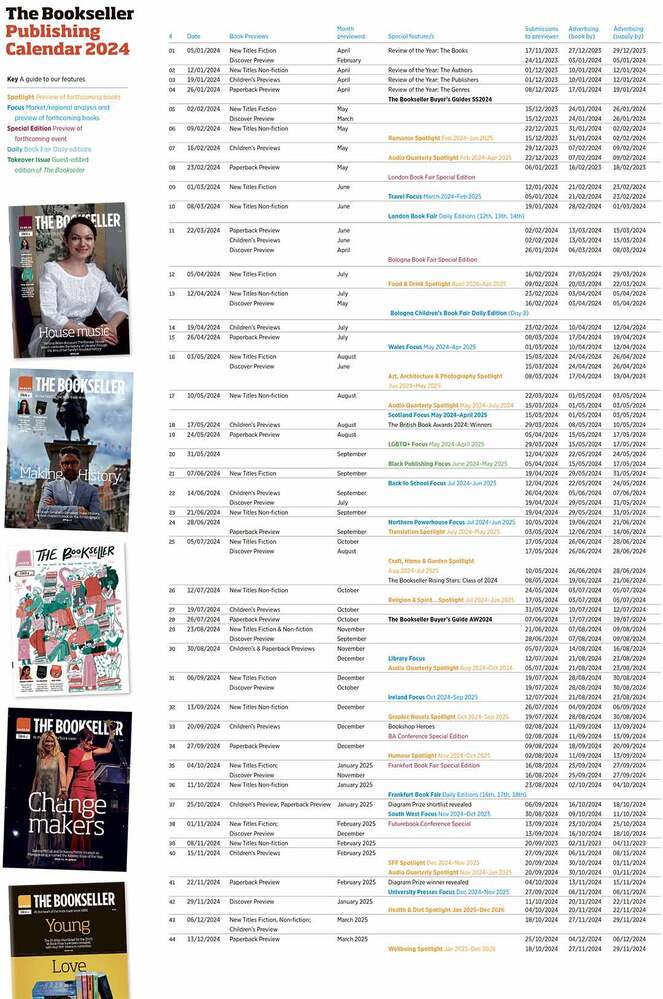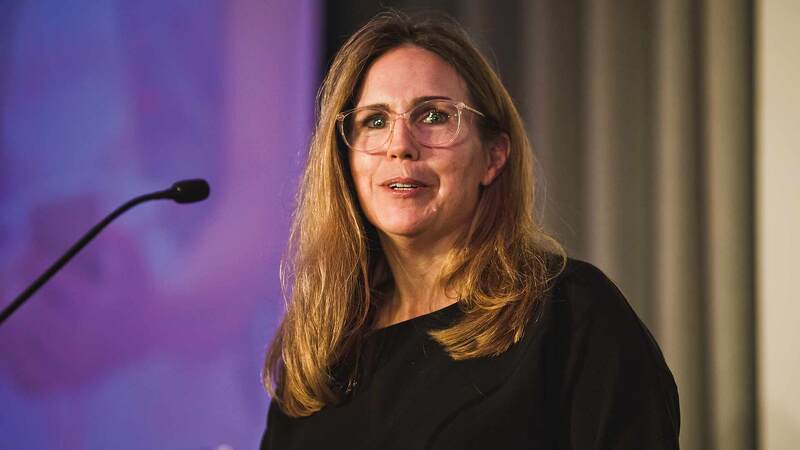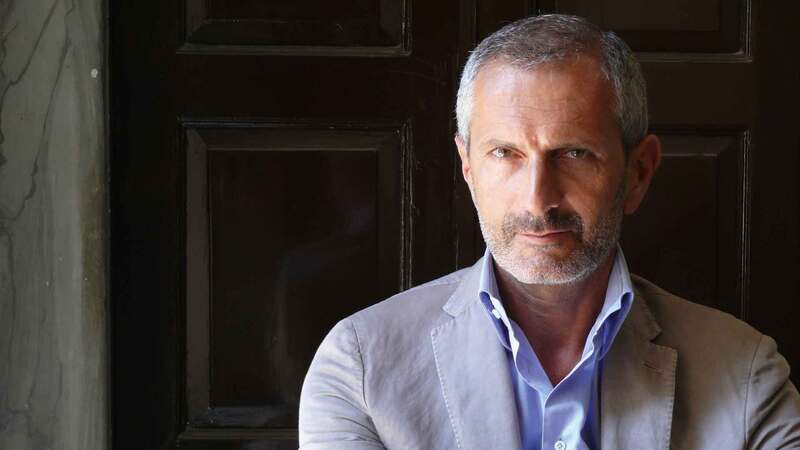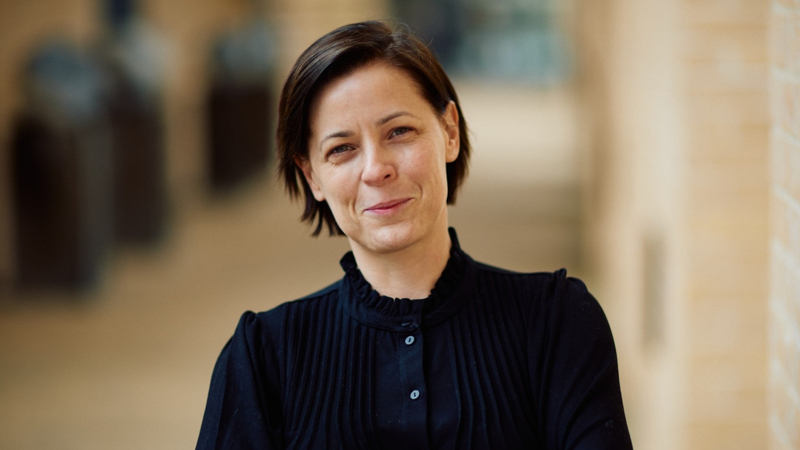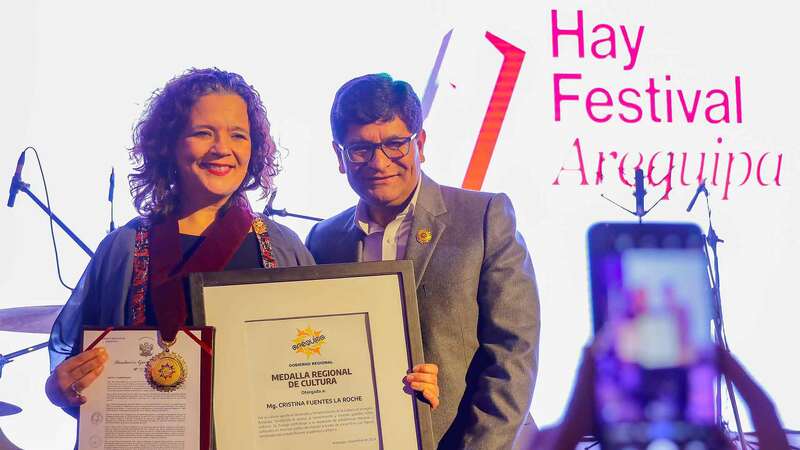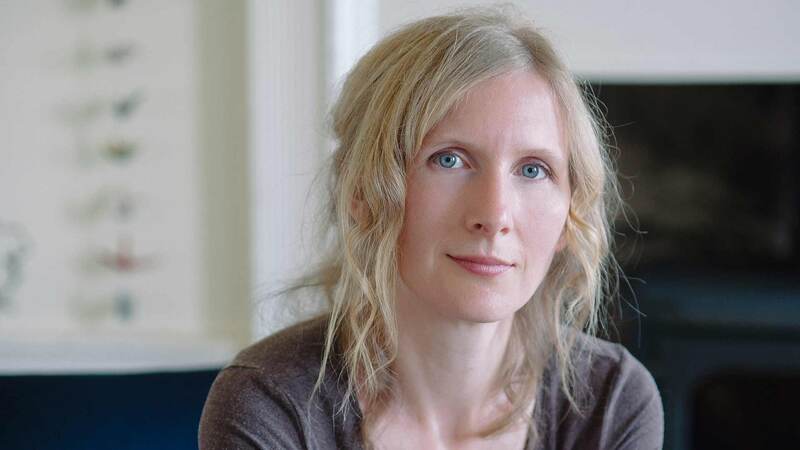You are viewing your 1 free article this month. Login to read more articles.
Peter James interviews Jo Nesbo
Britain has long been used to Viking invasions. So common were they between the eighth and 11th centuries that a large percentage of the population in the east of England have Scandinavian DNA. But for the rest of the world, a Viking invasion is a new experience. Judging from the popularity of Scandinavian crime writers, it is one they are enjoying.
Sweden’s Stieg Larsson posthumously conquered the world, and Norway’s Jo Nesbo has picked up where he left off, emerging as the bestselling (living) Scandinavian writer in what seems a breathlessly short space of time. Nesbo is a born storyteller. He is charming, smart and funny, exuding confidence and authority without being arrogant. I sensed, within just a few minutes of speaking with him, that he is passionate about writing. For a writer, he had what many would consider a dream childhood. “My mother was a librarian, my father a book collector. We always had books in our home. When I was six, I asked my father to read me William Golding’s Lord of the Flies because I liked the cover on our bookshelves,” he enthuses.
That was a dark novel for a six-year-old, I observe. Did that have a lasting subconscious influence on him? “Possibly, but more importantly, most of my family were oral storytellers. I would listen to stories, many of them repeated year after year, and notice that each time they were repeated, they were told with more detail. Some were dark, and had strong elements of black humour. This rubbed off on me – it was the only ‘writing school’ I ever had. I became a good oral storyteller myself and it was this that led, in part, to my becoming a novelist.”
The ambition to be a professional author was far from Nesbo’s mind in his late teens. His plan was to become a professional footballer, and the dream might have come true; at 19 he was playing in the Norwegian Premier League. Then injury struck – he had ligament damage in his knees and his football career was over before it had begun. He’s disarmingly philosophical about it. “People from my hometown had increasingly high expectations of me as a player – the injury meant I never got the chance to disappoint them!” Nesbo was forced, in his own words, to turn to “plan B”. He fulfilled his father’s dream by going to university, where he read business administration and economics at Bergen, before working in Stockholm as a financial analyst at a stockbroker. There is a great and darkly humorous example of the analyst in him in this extract from Headhunters:
A collision between two vehicles is basic physics. It all comes down to chance, but chance phenomena can be explained by the equation Energy x Time = Mass x Difference in Velocity. Add values to the chance variables and you have a story that is simple, true and remorseless. It tells you, for example, what happens when a fully loaded juggernaut, weighing 25 tonnes and travelling at a speed of 80 kph, hits a saloon car weighing 1,800 kilos and moving at the same speed…
He sets this scene up in the prologue, and returns to it at the climax of the novel. A similar circular plot technique is used in The Snowman – a very satisfying one for the reader. “I plot out as much as possible, and take more time writing the synopsis and planning than I do actually writing the book,” explains Nesbo. “It is very important to me to wake up every morning trusting the story. My sole job in writing the novel is not to destroy my story.”
Early in life Nesbo knew he wanted to tell stories, and he began by writing lyrics for friends in bands. He had his own band too, playing guitar and singing. He cut his first album in 1993, which he says “wasn’t big”, but his second was a success. “In the five years between 1993 and 1998 I was a Jekyll and Hyde character – a stockbroker by day and a musician by night.”
In his mid-thirties Nesbo started work on his first novel, and it immediately became clear to him that he had been waiting all his life to do so. He was secretive about it, having several friends who wanted to be writers and who talked about becoming writers, but never actually got down to writing a book. When he published his first novel, The Bats, in 1997, he imagined his friends would be surprised – but they weren’t. “What took you so long?” several of them asked.
While Nesbo is very much associated with Norway and its capital Oslo, in the beginning he didn’t use the city at all. First it was Sydney, then Bangkok. It was in his fifth novel, The Devil’s Star, that Oslo became a main character. “I realised there was so much I could take from Oslo,” says Nesbo. “Oslo is on the outskirts of Europe but it has plenty of crime, much of it drugs-related. There are parts of Oslo that are well suited to crime fiction – but I always feel free to make up my own Oslo.”
When I ask him if he has any theories on the popularity of Scandinavian crime fiction, Nesbo says it is a mixture of coincidence and the fact that there are an exceptional amount of authors per capita throughout these countries – both traditional and in the crime fiction genre. The rise in prestige of the crime novel has seen it become the preferred genre of many of Scandinavia’s talented young writers – and many of the region’s literary writers are having a go, too.
Touching on my own personal hobby-horse – to end a strong element of snobbery towards crime fiction in this country by the so-called literary establishment – we discuss whether crime writing is regarded as a serious form of literature in Norway. Nesbo says crime fiction is being treated fairly throughout Scandinavia, judged solely on the quality of the writing.
The day today
Authors love to compare notes on their working day; I think we all want to find the perfect working day – though few of us ever have. Ian Fleming’s proclaimed “four-hour working week” (interspersing his chapters between gin and tonics) is, on closer scrutiny, as much fiction as fact. He was a hard-working man. I’m relieved to find Nesbo is too – I wouldn’t want to think he found it any easier than me. “I don’t have a typical writing day,” he tells me. “I get up around 8.30am and go to my favourite coffee shop at 9am. I write for four hours and then do something else – maybe an interview or a meeting. I cook dinner for my daughter around 5pm and then write for a couple more hours in the evening.”
His best method of switching off is to go rock climbing. “Rock climbing is perfect; it is impossible to think of anything else.” Interestingly, my own switch-off is motor racing: both hobbies have an element of danger and require total concentration – there’s no time to think about the next chapter.
One thing I like a lot about Nesbo’s books is the raw feeling of authenticity. Many novels feel like their authors have done their research, but few feel as if their authors have actually lived it – and this, in part, is what gives Nesbo’s work such exceptional vitality. “Actually I do less research than people think,” he says. “If I am writing about scuba diving, I wouldn’t take a course, but I would talk to a few divers, gather information from them and then write the relevant chapters. Then I would ask the experienced divers to read these through to see if I could get away with it. My criteria is that far-fetched is fine, but the impossible is not.”
Film and TV productions of an author’s work can be a mixed blessing: while lucrative, few adaptations fail to challenge the author’s original vision. How did Nesbo feel about the well-received screen adaptation of Headhunters? “It was very strange to see it at the premiere. When I was asked if I liked it, I felt a bit like a gynaecologist being asked if the last patient was sexy,” he replies.
What kind of feedback has he had from his readers – and does he consider interacting with them through social media important? “Writing books doesn’t come with an audience. When I write, I prefer to think that I don’t have many readers: they have expectations, and I would hate to compromise to meet them all. I think it is dangerous to come towards readers; I prefer to keep a distance. I started writing to impress my two closest friends – who are difficult to impress. In my head they are my only two readers today – although they don’t know that I am writing my books just for them.”
Finally there is one question I must ask. Will we see Harry Hole again after Phantom? I get the only answer I would expect from a master of suspense: “I can’t tell you!”
Not Dead Yet by Peter James is out now, published by Macmillan. Phantom by Jo Nesbo is out now, published by Harvill Secker.


